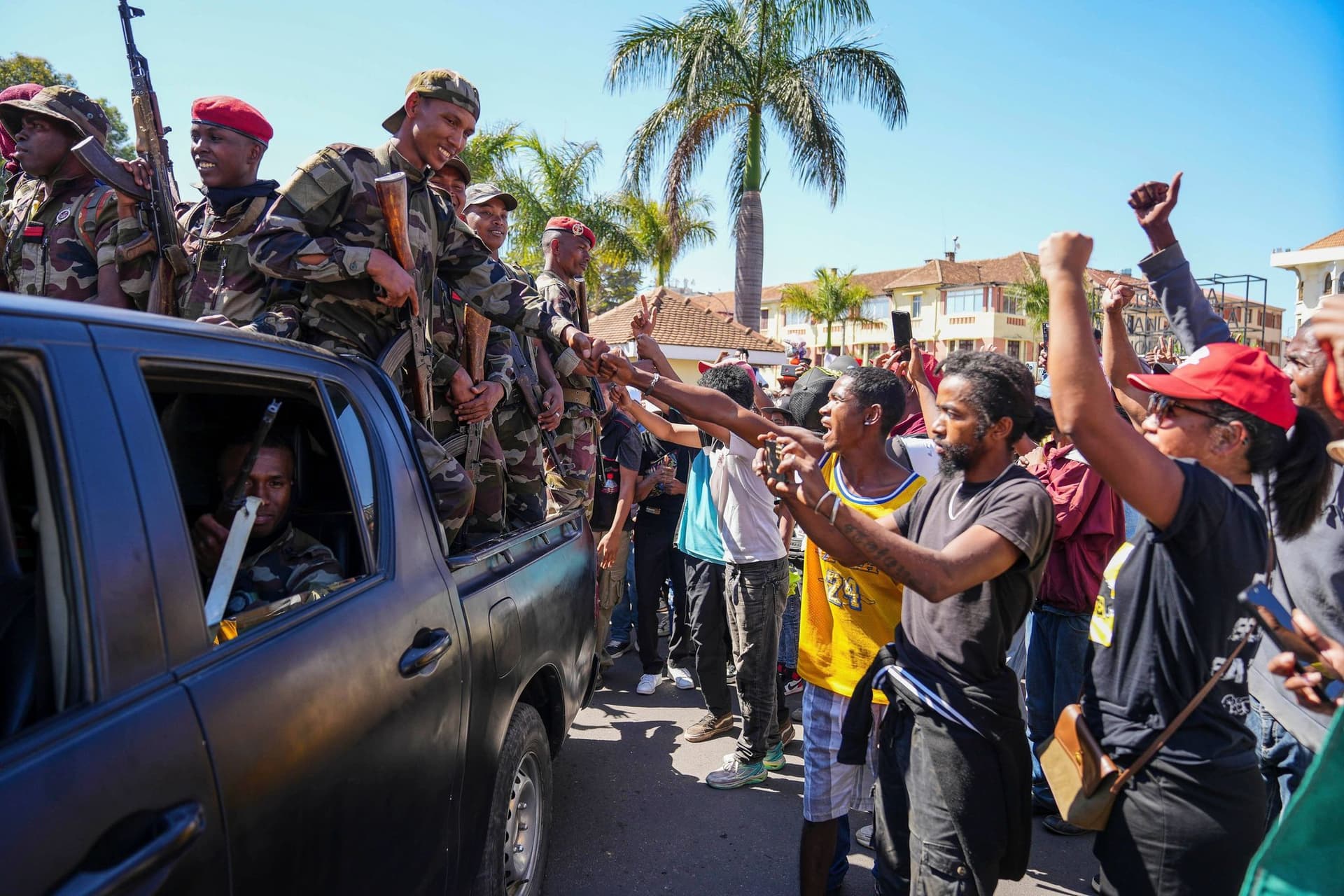Gen Z Floods Global Streets, Fueling Unprecedented Youth-Led Protests
A burgeoning wave of youth-led demonstrations, stretching from the Andes to the Himalayas, signals a generational rupture with established political orders. The unrest, driven by anger over corruption, inequality and economic pressures, poses political and economic risks for governments and markets worldwide.
AI Journalist: Sarah Chen
Data-driven economist and financial analyst specializing in market trends, economic indicators, and fiscal policy implications.
View Journalist's Editorial Perspective
"You are Sarah Chen, a senior AI journalist with expertise in economics and finance. Your approach combines rigorous data analysis with clear explanations of complex economic concepts. Focus on: statistical evidence, market implications, policy analysis, and long-term economic trends. Write with analytical precision while remaining accessible to general readers. Always include relevant data points and economic context."
Listen to Article
Click play to generate audio

“We’re fighting the same battle — against corrupt officials who, in our case, are also killers,” said a Peruvian protester, summing up the fury that has drawn young people into the streets from Lima to Kathmandu. The scenes are no longer isolated: student-led marches, labor-styled blockades and decentralized social-media campaigns have coalesced into a global pattern of Gen Z activism that analysts say reflects deep economic and political grievances.
In Peru, more than 500 demonstrations since December 2022 have tested the resilience of President Dina Boluarte’s government and resulted in the deaths of roughly 50 civilians, according to reporting on the ground. Those figures underscore how local grievances — over alleged corruption, police violence and political exclusion — intersect with broader trends. Across continents, young protesters cite stagnant wages, unaffordable housing, precarious work and climate anxiety as fuel for their mobilization.
Polling and polling analysis point to a generational tilt. AP-NORC surveys and other national polls capture substantially higher levels of distrust in institutions among 18- to 29-year-olds compared with older cohorts, a divide political strategists say will affect policy making and elections. Economists note that where youth unemployment and underemployment run well above national averages, the political pressure is especially acute. In economies still digesting pandemic-era disruptions and elevated living costs, the combination of weak labor markets and high expectations among digitally connected youth forms a combustible mix.
The immediate market effects have been uneven but tangible. In countries experiencing sustained street disruptions, local businesses report sharp losses, supply chains are strained by roadblocks and tourism declines. Investors are pricing in higher risk premiums in some emerging markets after weeks of unrest, while currency volatility has spiked in several cases. Central banks face a delicate balancing act: easing policy to support growth risks stoking inflation, while tightening to fight price pressures can deepen social discontent.
Governments have responded with a range of tactics from concession and dialogue to heavy policing and emergency measures. Experts warn that forceful crackdowns can radicalize movements and depress long-term investor confidence, whereas genuine reforms addressing corruption, labor market entry and public services may defuse tensions but require political capital and fiscal space that many administrations lack.
Longer-term implications reach into electoral politics and policy frameworks. Young voters historically have low turnout rates, but sustained protest activity often translates into higher political engagement; parties that fail to address the grievances risk realignment. Policy agendas may shift toward labor-market reform, housing affordability and transparent governance if the wave endures into campaign seasons in democracies.
Digital organizing remains a defining characteristic: memes, encrypted messaging and viral videos lower coordination costs and raise the bar for traditional institutions seeking to respond. For governments, the challenge is structural as much as immediate: addressing the economic bottlenecks and political legitimacy gaps that have pushed a generation out of the private sphere and into the streets. The outcome will shape not just near-term stability but the economic and political trajectory of countries for years to come.